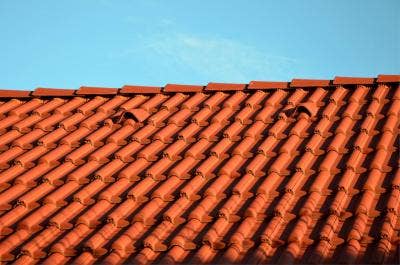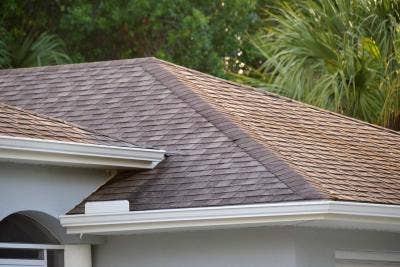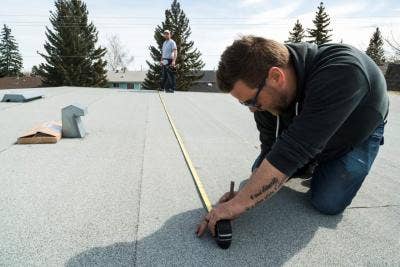Instructions for Maintaining Metal Roof Sheets at JJ Roofing
Metal roofing materials have been in use for many centuries and are known for the durability.

Installed properly and maintained, a metal roof can last a long time so knowing how look after your metal roof is an important part of getting the best from it.
Types of metal roofs
If you are considering metal as a roofing option, then there are two main types. The first is architectural metal roofing where the metal is used as a waterproofing later on top of the roof. In this scenario, it also has aesthetic value as well, giving a different look to the house.
The second type is the structural metal roof where both the deck under the roof and the material above it are made from metal. One common example of this type of roof is on a barn where the metal decking can be seen from inside.
Which of the two you have is relevant for safety reason; if the roof is showing signs of deterioration and yours is a structural metal roof, this could mean the decking could be affected and the roof could be unsafe. However if the metal is architectural, then the wood decking underneath would be unaffected by the problem.

The other thing that is relevant when looking to maintain a metal roof is what type of metal has been used. Common metals are steel, copper, tin and aluminium with zinc and lead coated copper being less frequently seen. How the roof is maintained is dictated by this, for example steel is prone to oxidation and rust so if steel is used on the roof, it will need to be regularly checked for signs of rust and a rust inhibitor is used to help prevent it.
Design issues
The design of the metal roof will tell you the type of issues you may encounter. There are many different ways of installing a metal roof from flat seam panels, interlocking panels, standing seam metal and even metal roof shingles.
One example is if you want to use a pressure washer to clean residual dirt off your metal roof. If the roof is made from flat seamed panels, this is fine but if it is made from metal roof shingles, this can't be done. This is the same principal as with roofing tiles €“ the pressure washed could force them loose and lead to flooding in the loft space below.
General maintenance
The first step towards good maintenance is to regularly inspect the roof and this applies to any roofing type. Watch out for dent damage after high winds or storms as this can see water accumulate and eventually cause rust or a weak spot.
If there is more than one type of metal on the roof, make sure they are kept well apart. One example would be if there are copper pipes on or near the roof and the rest of the roof is made from steel. If the two come into contact with each other and are wet, they will begin to break down, something called electrolytic corrosion.
Scratches are an easy problem to remedy on most occasions. Take a clean cloth and some mineral spirits to clean the scratch, rinse with cold water and leave to dry. Once this is done, use a small paintbrush to touch up the metal with special metal paint.
If you find patches of rust, don't scrape at it with a wire brush. Instead, sand it lightly to remove the rust then apply a metal primer to protect against future rust. Once this is done you can add touch up paint for aesthetic reasons to maintain the look of the roof.
Check from inside for any signs of damage as you would for concrete or slate roofing materials, particularly after storms and high winds. If there are any signs of daylight coming through, get onto the roof and remedy the problem before water can start getting in.
In the depths of winter, don't let large accumulations of snow and ice to build up on the roof. Use a roof rake or a long handled broom to gently remove snow and ice from the roof but be cautious not to scratch the metal while doing this.
Conclusion
Most metal roofing materials are finished with a special paint and it is recommended to repaint this regularly even if there are no scratches or other problems. Don't ignore holes, no matter how small, or scratches as these can lead to bigger problems. Also, remember if your roof has a felt layer under it, this may need replacing every 4-5 years to ensure the integrity of the layer.
Our Top Videos.


How to install a Velux Integra Electric Roof Window (5 Parts)
In this five-part guide, we take you through the full installation of a Velux GGU Centre Pivot Integra Roof Window onto an...


How to install a Duratech Centre-Pivot Pine Roof Window
Once you begin unpackaging the window, you’ll find in the box the brackets, the handle and the fixings. And there will also be some instructions...
Ideas & Advice
How-tos, tutorials and videos


How and why to use or snap a chalk line
Chalk lines are the fastest way to mark straight guidelines on flat surfaces. They are used extensively in the building and construction industry to speedily and accurately ‘draw’ straight lines between two points. Chalk lines are inexpensive tools...


Skylight Blinds: A Guide To The Different Types
Like many household product, blinds for skylight windows come in all shapes, sizes, and materials. Some are designed with a tangible purpose in mind, while others are more for show. One thing’s for sure - buying any type of skylight blind...








